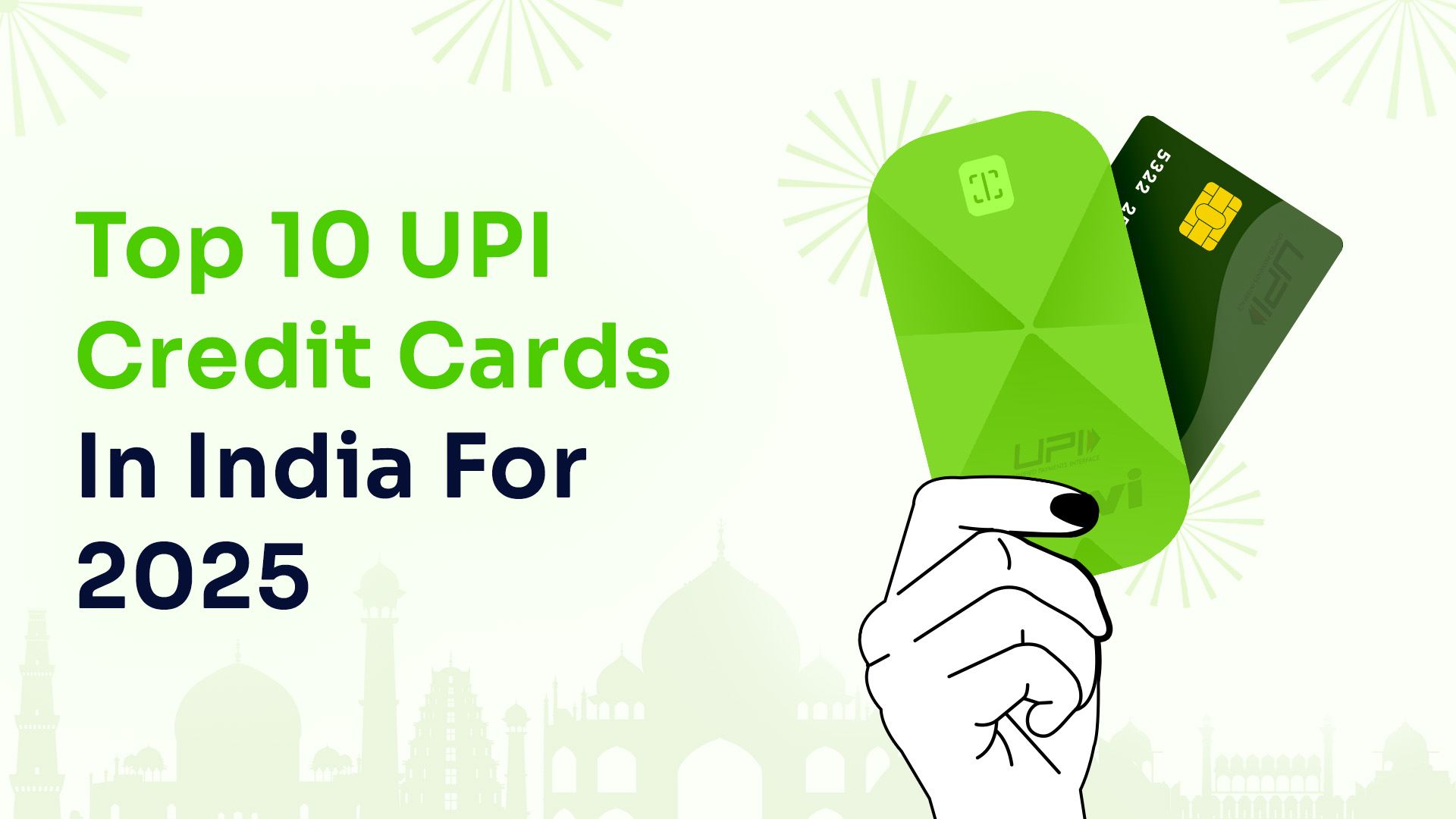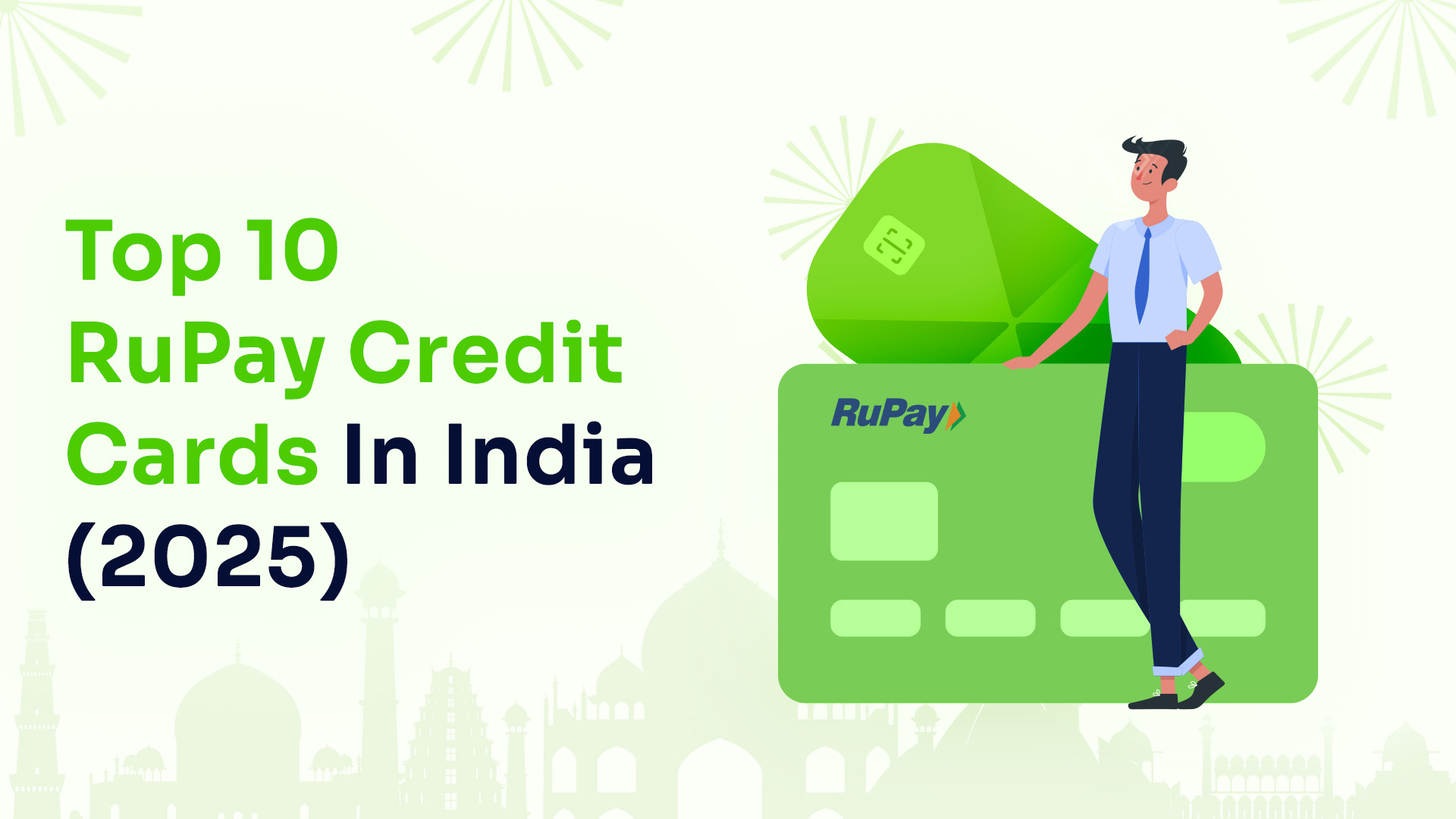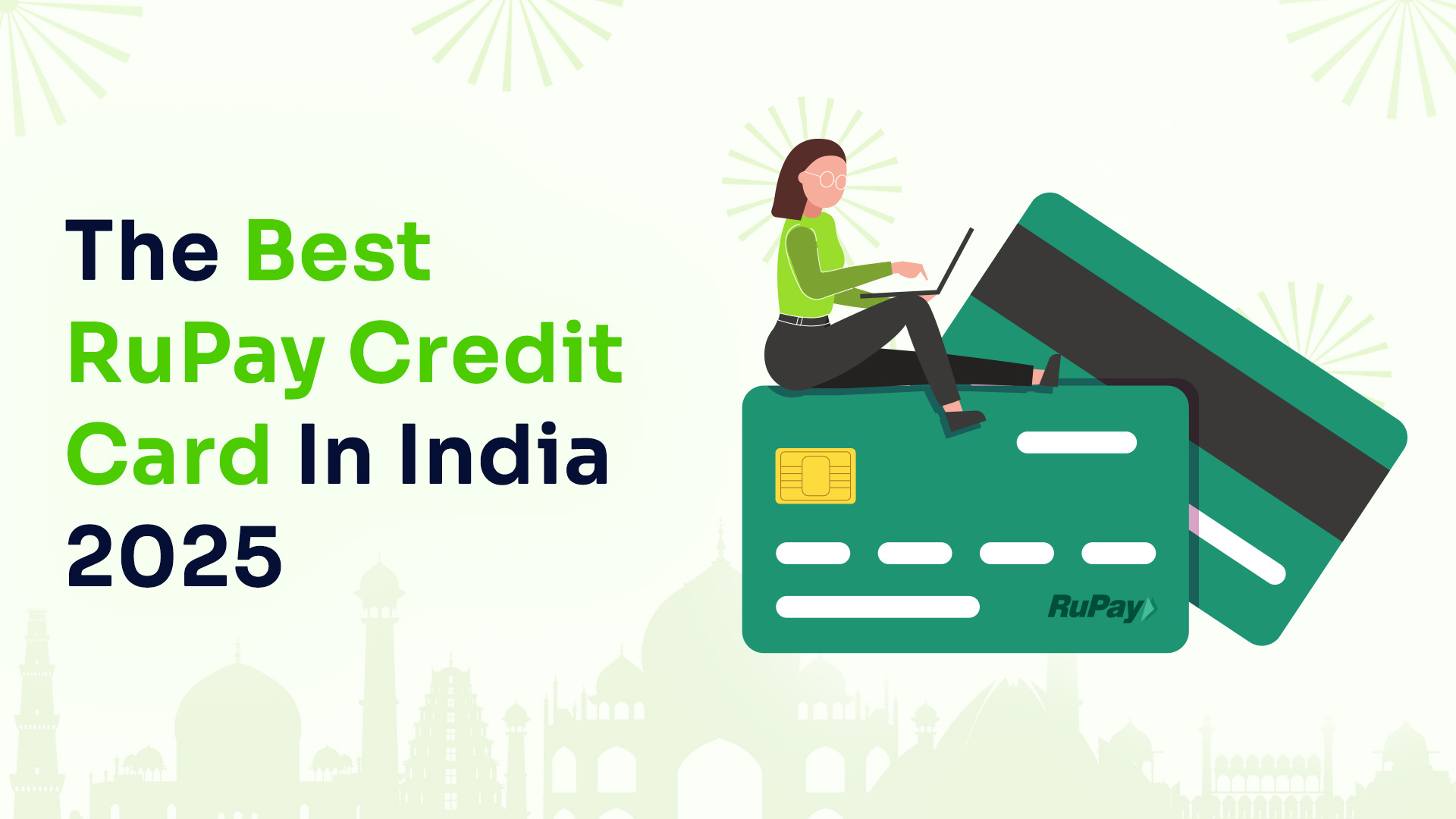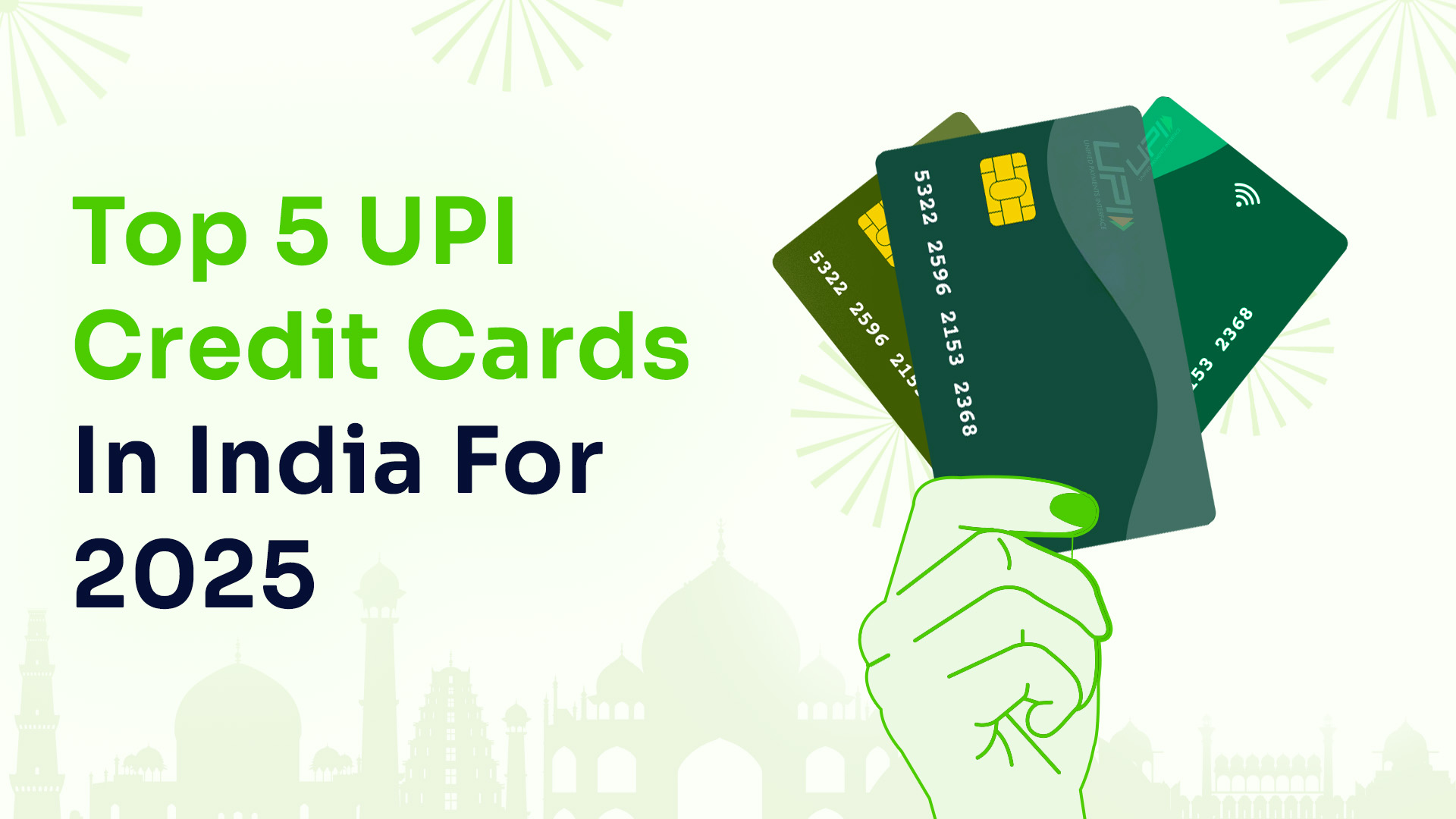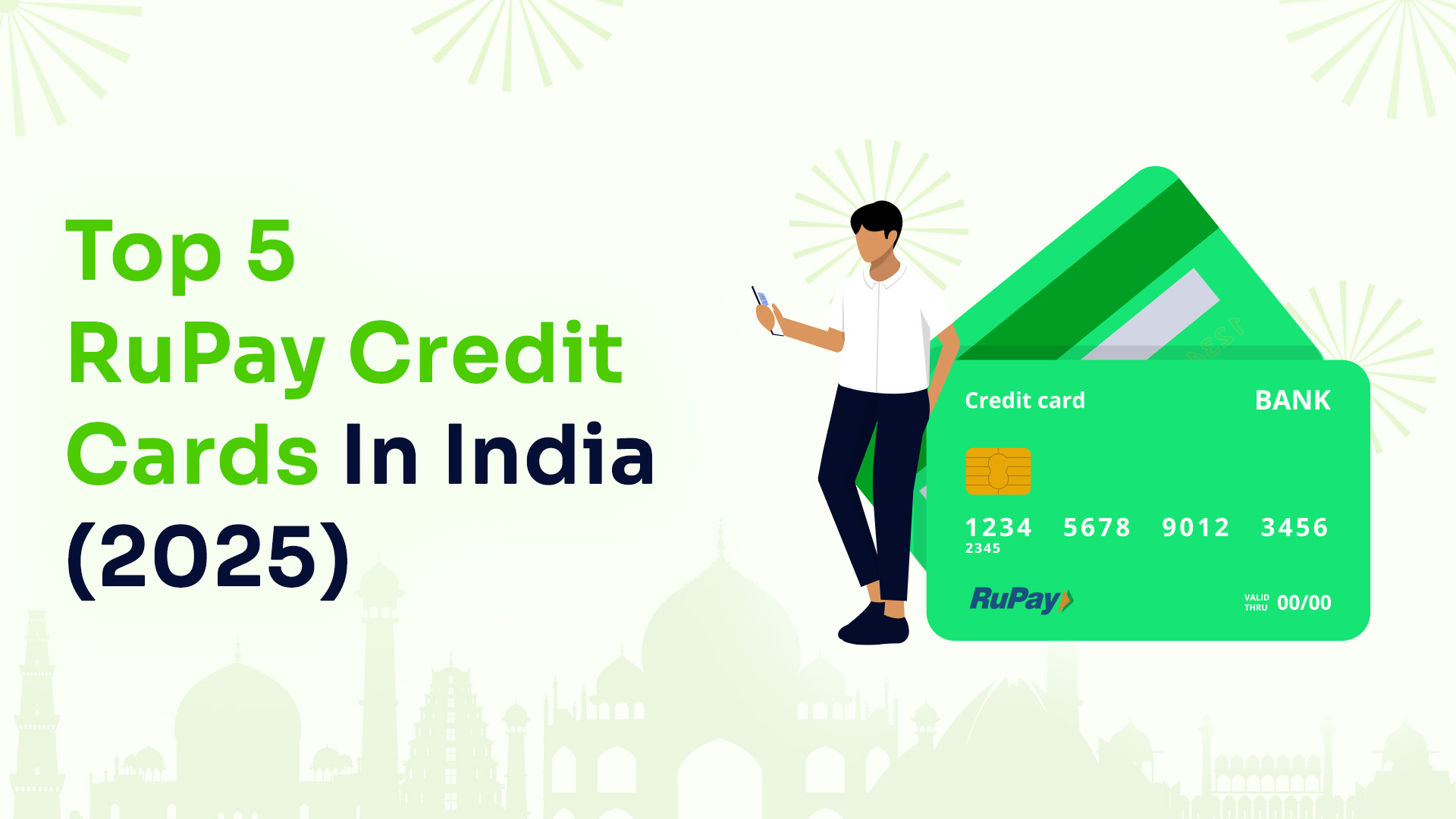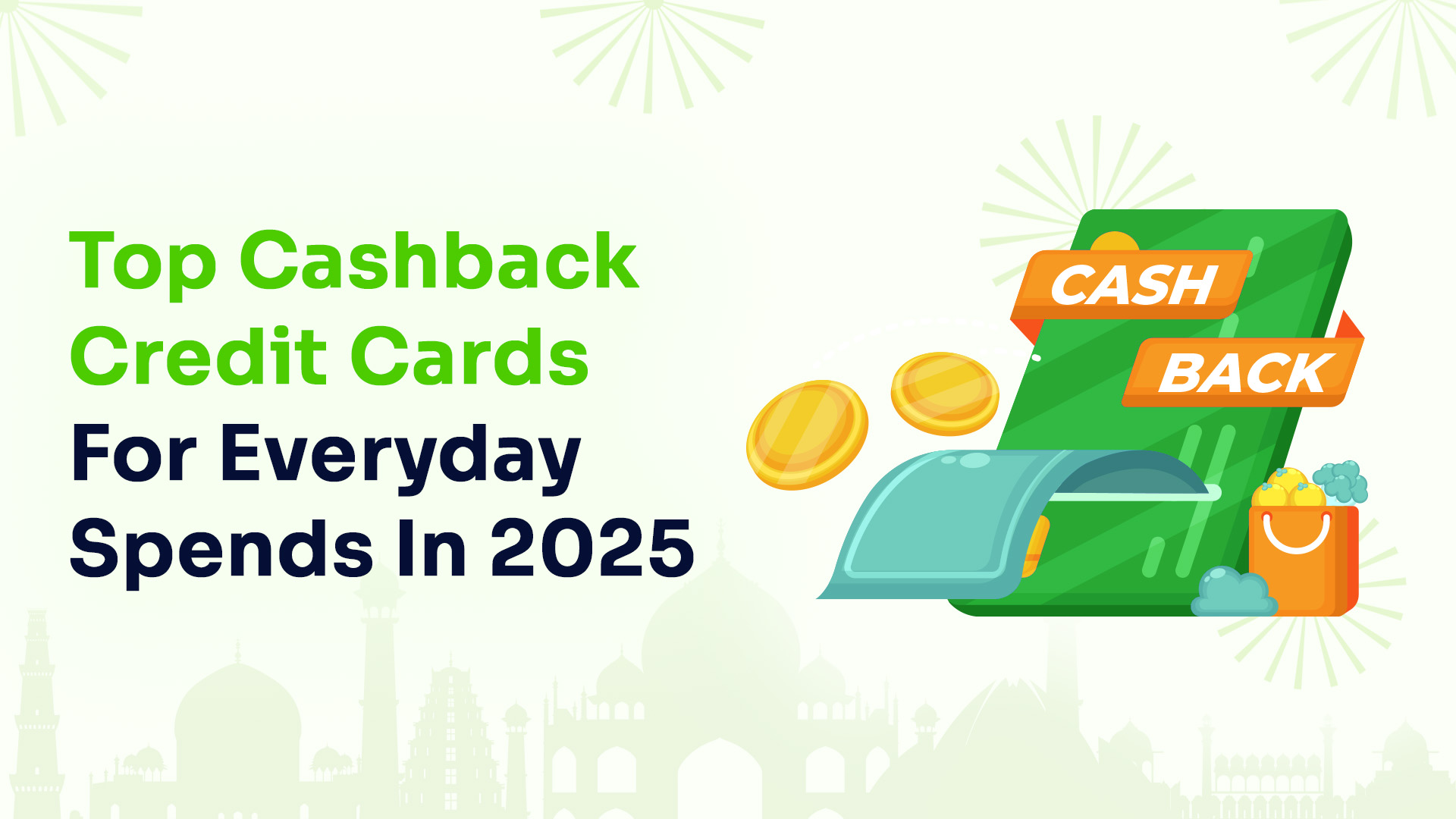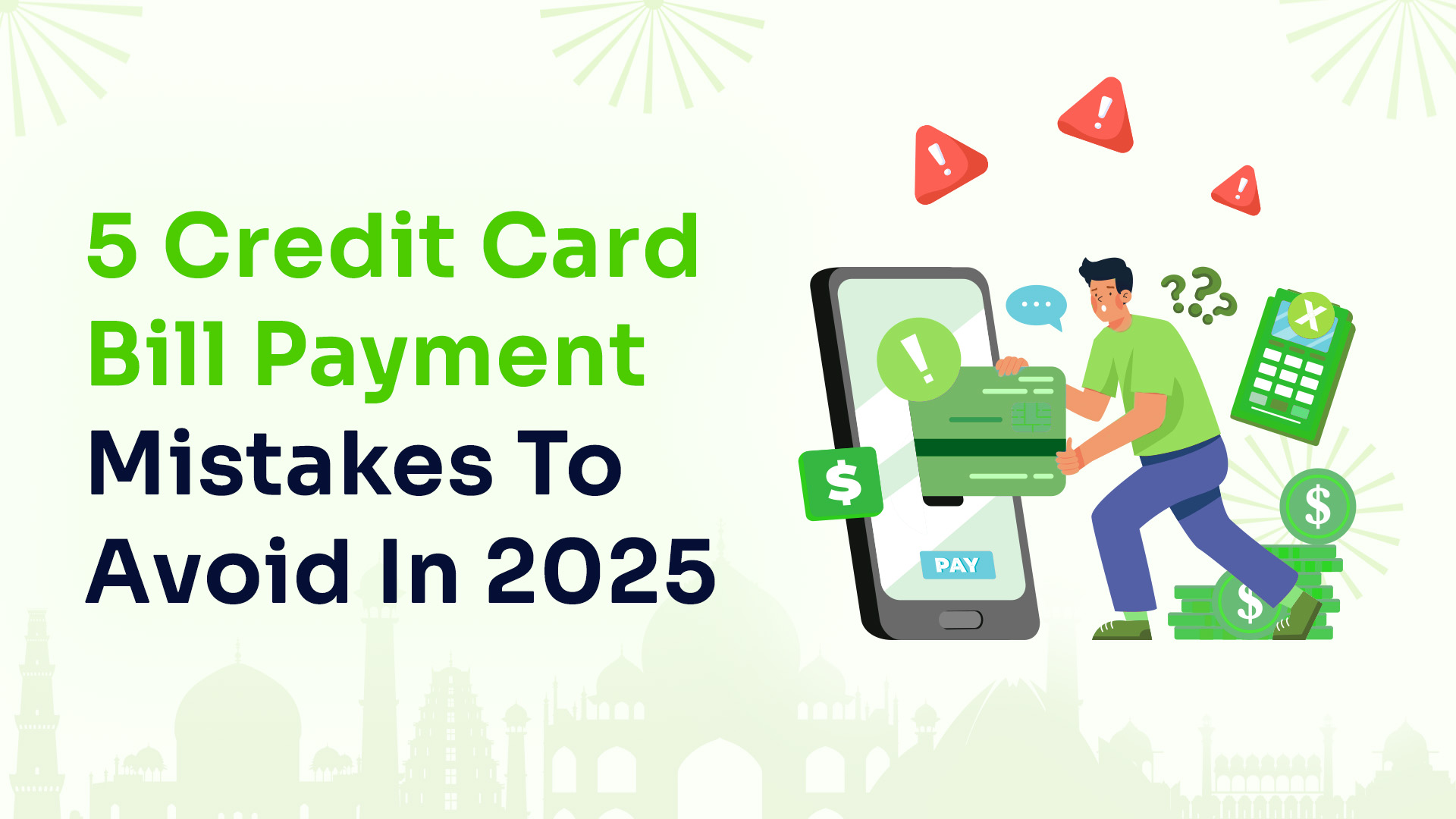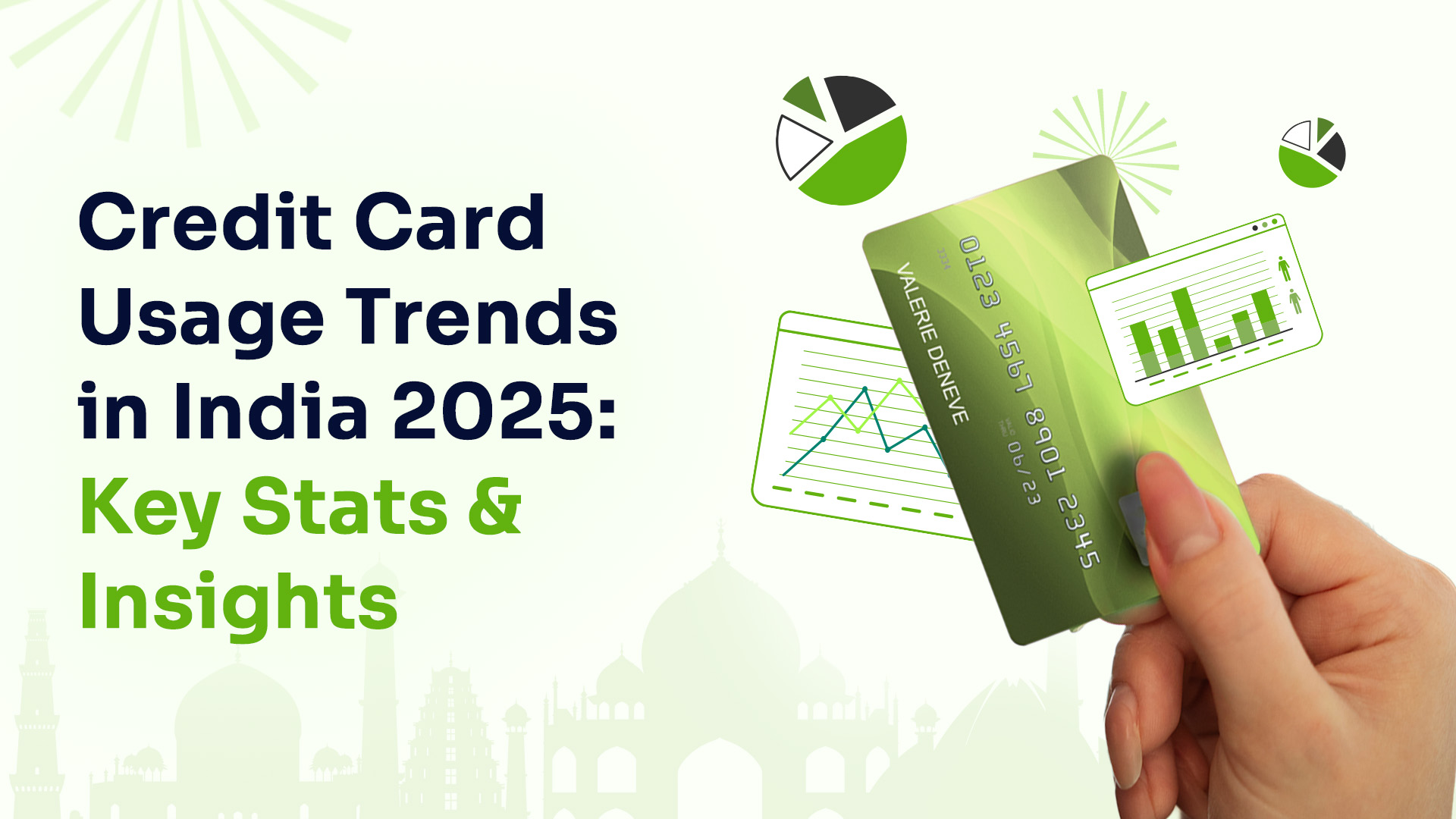
Credit Card Trends : Growth in Card Numbers and Spending
The credit card market in India reached about 108 million active cards by December 2024. That count doubled from roughly 54 million in 2019.
The number of credit card transactions per month hit around 430 million in January 2025, up ~31 % year‑over‑year, but down 1 % from December via seasonal dip as per (businesstoday.in).
Total point‑of‑sale (POS) spending value on credit cards monthly peaked at about ₹714,730 million in March 2025 (~₹7.15 lakh crore). It had reached as high as ₹792,928 million in Oct 2024.
Drivers of Growth
Growth stems from rising digital payments. The card payments market is set to cross INR 30.1 trillion (~$360 billion) in 2025 with 9.4 % growth as per globaldata.com.
Fintech firms and banks have introduced co‑branded cards and BNPL‑linked EMI options.
RBI allowed linking RuPay credit cards via UPI in mid‑2022, and credit via RuPay doubled in first seven months of FY 25 to ₹63,826 crore from ₹33,439 crore year ago. Tier‑II and Tier‑III cities see strong growth as well, with Tier‑I still accounting for ~65 % of usage but new demand rising in cities like Surat, Nashik, Kanpur.
Young professionals, self‑employed and secured‑card users drive uptake. FD‑secured cards now help those with limited credit history build profiles.
User Behaviour Patterns
Consumers now use credit cards not just for occasional purchases but to finance essentials. As per TransUnion CIBIL more consumers are using cards to meet consumption needs .
Average spend per card in January 2025 stood at ₹16,911, down 1 % from December but still slightly higher year‑on‑year.
Average transaction value fell to ₹4,219 in February 2025 from ₹4,282 in January as per ibsintelligence.com.
A behavioural study shows about 75 % of users report increased spending due to UPI’s ease and low ‘guilt’ feel in spending. That suggests behavioural spillover: digital ease makes users treat credit as disposable cash.
Risks
Credit card debt rose sharply. Outstanding balances grew from ₹87,686 crore in March 2019 to roughly ₹2.70 lakh crore by June 2024 (₹2.29 lakh crore real growth net inflation). That equates to a household debt‑GDP ratio of ~43 %, up from 38.5 % in 2021. Defaults rose to 1.8 % by June 2024, from 1.6 % in March 2023,Delinquencies over 360 days climbed from 1.3 % to 1.7 % in that period as per –stanfordeconreview.com
RBI‑mandated interest often runs at 45 % APR (3.75 % per month), plus late‑fees, increasing stress on
Household savings which fell to 18.1 % of GDP in FY 24, down for third year, indicating more reliance on credit cards and consumer debt as per timesofindia.indiatimes.com.
2025 Consumer Trends
- Card usage still centres in Tier‑I cities (65 %), though Tier‑II/III adoption grows fast.
- Consumers like reward programs. Over 70 % prefer cards with cashback or points (TransUnion data from 2024) gokiwi.in.
- Co‑branded cards tied to e‑commerce (Amazon Pay‑ICICI, Flipkart Axis) are gaining popularity.
BNPL and EMI options linked to credit cards cross ₹50,000 crore annually by 2024. - AI helps banks tailor offers. AI‑based scoring and personalisation tools gain in use. A Random Forest model hits ~89 % accuracy in predicting customer credit risk arxiv.org.
- Companies are also launching virtual cards to cut plastic waste and enhance security gokiwi.in.
Consumer Behavior Insights
Many young Indians tap unsecured credit to fund aspirational spending. FT estimates one‑third of millennials and 40 % of Gen Z are battling unsustainable debt across loans and cards ft.com.
That trend adds stress.
As incomes stagnate and inflation rises, more households rely on cards to cover daily expenses as per stanfordeconreview.com.
Outlook: 2025 and Beyond
Card issuance may slow. Data shows net number fell by 1.2 million in January 2025 to 109 million total.
Still, GlobalData projects card payments at INR 30.1 trillion in 2025 (~$360 billion) with 9.4 % growth globaldata.com.
PwC expects card transaction volume to grow ~16 % year‑on‑year over the next few years. RBI aims to expand card acceptance to 250 lakh touchpoints by Payments Vision 2025 pwc.in.
Consumers likely hold more cards per person. RBI projects average cards per user rising from 1.5 to 2.5 by 2026 as per gokiwi.in.
Digital adoption, small‑limit neo‑cards and co‑branded partnerships will drive Tier‑II/III growth.
AI‑tailored risk scoring and rewards will shape behavior.
Still, rising delinquency and rising debt‑to‑income ratios will keep regulators and banks cautious.
Key Takeaways
- Active cards hit ~108 million by end‑2024.
- Spending rose ~15 % YoY in May 2025, but showed monthly dips in early 2025.
- Defaults and debt grew tension: 1.8 % default rate by mid‑2024; household savings fell.
- Fintech and neo‑cards expanded access in non‑metro regions.
- Consumers use credit cards more for everyday expenses, not just shopping.
- RBI tightened norms; banks have to manage risk carefully.
- AI‑driven personalization and sustainability are emerging markets trends.
